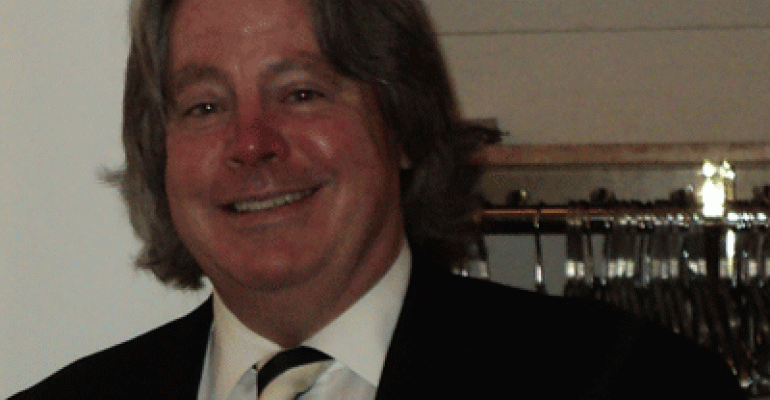The farm-to-table movement has been all the rage at independent restaurants in recent years, but Michael McCarty, a pioneer in defining American cuisine, has been sourcing from local farms at his restaurants on both coasts for decades.
The chef-owner of Michael’s in Santa Monica, Calif., which opened in 1979, and of Michael’s in New York City, which has been a hot spot for power brokers since it opened in 1989, has long focused on using simple, straightforward ingredients.
In the first of a two-part interview, McCarty discusses the origins of American cuisine.
Not many people thought an American cuisine even existed in the 1970s. How did you get the idea to promote it?
When I opened Michael’s in 1979, if anyone asked you in any American city, what’s the best restaurant in town? It was a classical French restaurant.
I had been trained in really classical French cooking at Le Cordon Bleu and the Hotel & Restaurant School in Paris.
But at that time, in the early 1970s, I was also exposed to the nouvelle cuisine revolution that was going on in France. And seeing already the dichotomy from 1969 through ’74-’75, seeing the changes French cuisine had gone through.
I also remembered my parents and their friends and how they threw these crazy parties in the 1950s and ’60s.
They didn’t intellectualize about food. There was none of what you hear about today — where it comes from, this and that, blah blah blah.
We had a little shack house on the beach in Rhode Island and we’d go there from Memorial Day to Labor Day. My mom would go down to the wharf to the same Portuguese fisherman. There’d be sitting there on the table a 2,000-pound swordfish — none of these little guys you see now, but a real swordfish.
He loved my mom, so he’d cut that center piece from the fish. His wife grew all the greens. So we had arugula, basil, beautiful tomatoes, zucchini flower blossoms — all of this stuff in the ’50s and ’60s.
The guy next to us at our beach house drove every Memorial Day from Liberal, Kan. He had the Kansas City Meatpacking Company. His son Johnny would drive a semi-truck. Inside that [refrigerated] truck was every possible cut of beef from the Midwest, aged — all this stuff that no one really knew about. We ate through that truck all summer. Whatever was left on Labor Day weekend, we’d have a bash with 20 families, and they’d just eat up whatever was left.
That’s how I learned about American food.
What was your vision when you opened Michael’s?
When we opened Michael’s in Santa Monica we called it California cuisine, which became regional American cuisine. Because that’s what it was; it just happened to be what was grown in California.
I wanted to have a restaurant that was based on French cooking — the Escoffier and the modern — but not stupid, not formal. I wanted it to be really fun, a combination of brasserie and bistro, but American style and all based on ingredients.
Instead of tuxedos, I found a little-known designer named Ralph Lauren. So we had a blast: jazz music, real art on the walls instead of posters.
I had a duck farm with Jean Bertranou [chef-owner of the former L’Ermitage restaurant in Los Angeles] for three years before opening the restaurant. We made the first foie gras in America. We snuck in the ducks: Paul Bocuse [in Lyon, France] took the eggs and wrapped them in gold, so they looked like chocolate. We brought in two dozen of those puppies and quickly got them hatched. That was 1976 to ’79.
We had 30,000 ducks at any given time. But Jean died right as I was building my restaurant. He had a girlfriend of 10 years, but his wife in France inherited his half of the farm.
So we sold it to our manager who also raised our quail and our rabbit. It was a wild time and a simpler time.
Contact Bret Thorn at [email protected].
Follow him on Twitter: @foodwriterdiary




